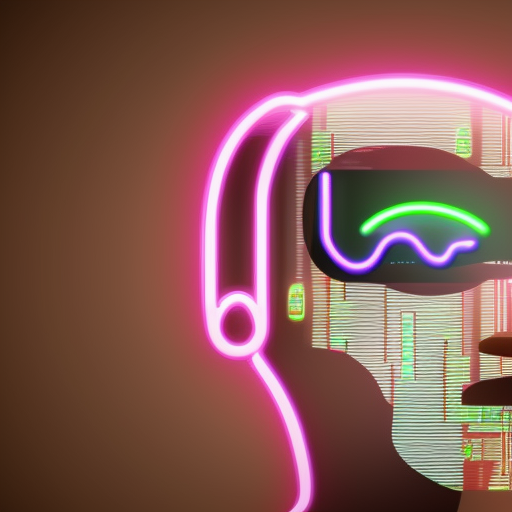In the world of writing, it has become increasingly difficult to keep up with the pace of technological advancements. With the rise of artificial intelligence (AI) technologies, writing tools and services are becoming increasingly sophisticated and capable of producing quality content in shorter amounts of time than ever before.
One such AI-powered writing assistant is ChatGPT. Developed by the startup OpenAI, ChatGPT is a natural language processing (NLP) system that is designed to help its users create high-quality content with minimal effort.

At its core, ChatGPT is a generative text-based tool that is designed to help its users generate accurate, high-quality content quickly and easily. Its AI-driven technology is able to learn the user’s style and preferences over time and provide more personalized, tailored content. It also provides users with feedback and suggestions as they write.
The potential of ChatGPT is vast. It can help its users generate content more quickly and efficiently, and can also help them to produce more creative and engaging content. It is particularly useful for content creators who don’t have the time or the resources to create content from scratch, or for those who struggle with writing.
- Advertisement -
The future of ChatGPT looks bright. With the increasing sophistication of AI technology, ChatGPT is likely to become even more powerful and useful. As AI technology continues to evolve, ChatGPT is likely to become even more accurate and useful for content creators. With its ability to quickly generate high-quality content, ChatGPT looks set to revolutionize the way we create content.

As an AI language model, ChatGPT has come a long way since its inception. With advances in technology and natural language processing (NLP), ChatGPT has become increasingly sophisticated and capable of understanding and generating human-like language. But what does the future hold for ChatGPT? In this blog post, we’ll explore some potential directions for ChatGPT’s development and its impact on society.
One of the most exciting areas of development for ChatGPT is in its ability to understand context and generate personalized responses. Currently, ChatGPT can generate responses based on the input it receives, but it doesn’t always take into account the context of the conversation. In the future, however, ChatGPT may be able to better understand the context of a conversation and generate more tailored responses. This could be particularly useful in customer service and support, where ChatGPT could quickly and accurately understand a customer’s issue and provide a relevant solution.
Another area of potential development for ChatGPT is in its ability to generate more creative and imaginative responses. While ChatGPT is currently capable of generating coherent and grammatically correct responses, its responses can sometimes feel formulaic and lacking in imagination. However, with advances in NLP and machine learning, ChatGPT could become better at generating responses that are not just accurate, but also more interesting and creative.
ChatGPT’s impact on society is also likely to grow in the coming years. Already, ChatGPT is being used in a variety of settings, from customer service to mental health counseling. As ChatGPT becomes more sophisticated, it’s likely that we’ll see it being used in even more settings. For example, ChatGPT could be used to provide personalized education and training, or to assist with tasks such as scheduling and organization.
Of course, there are also potential downsides to the increasing sophistication of ChatGPT. One concern is that as ChatGPT becomes better at generating human-like responses, it could become more difficult to distinguish between ChatGPT-generated content and content generated by humans. This could have implications for the spread of misinformation and disinformation, as well as for issues related to privacy and data security.
Overall, the future of ChatGPT is exciting and full of potential. As the technology continues to advance, we can expect ChatGPT to become even more sophisticated and capable of generating responses that are tailored to the needs and preferences of individual users. However, it’s also important to consider the potential downsides of this technology and to work to ensure that it’s used responsibly and ethically.








